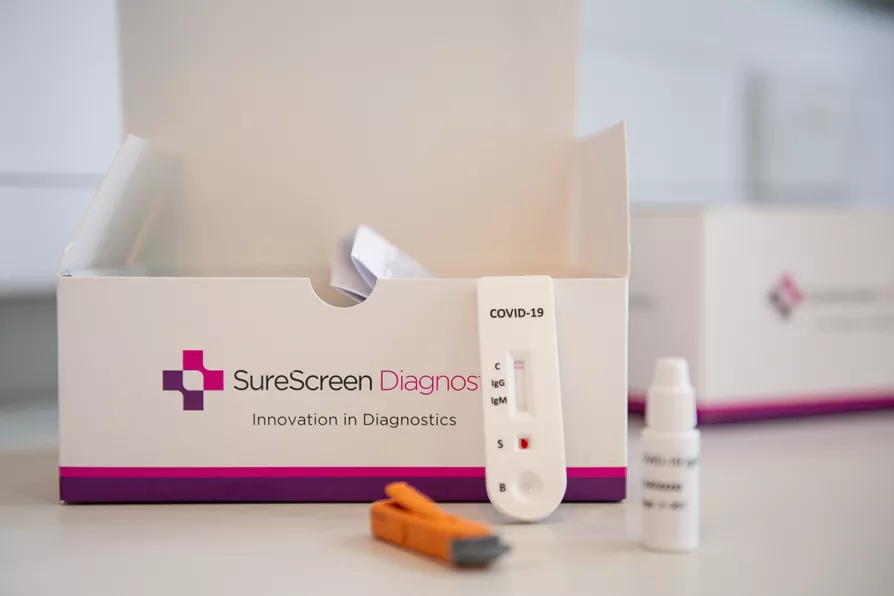

TENS of thousands of people working in occupations with a high risk of contracting coronavirus will be tested even if they have no symptoms, the government claimed today.
Workers such as taxi drivers, cleaners and retail assistants will be tested as part of a new pilot scheme.
The Department of Health and Social Care (DHSC) said the initiative, which begins immediately, would provide data on how common the virus is among those who are considered to be at higher risk.
Firms included in the trial include taxi firm Addison Lee, BT, services firm Mitie and pharmacy chain Boots.
Local authorities in Bradford, Newham, Brent and Oldham will also select high-risk groups for asymptomatic testing.
The DHSC said each business would receive thousands of tests for staff via either home-testing delivery or a mobile testing unit, while local authorities will book tests for people at walk-in sites.
Those who test positive will need to self-isolate and results will be shared with the NHS Test and Trace programme so contacts can be traced, the DHSC said.
But the accuracy of the data provided by asymptomatic testing could be thrown into question by reports that officials manipulated the numbers.
It was reported yesterday that officials from Public Health England (PHE) and the DHSC had “hand-cranked” the numbers to ensure a constant stream of rising test numbers were available for each day’s Downing Street press conference.
“We completely buffed the system,” a senior Whitehall figure told Sky News.
“We said forget the conventions, we’re putting [the data] out.”
Late last week the government admitted that there was significant double-counting in early testing statistics, saying the total was 30,000 fewer than its original data claimed.
Over the weekend, it said that it would no longer publish a daily estimate of how many people had been tested for Covid-19.
The government was forced to revise its estimate of the number of tests carried out again on Tuesday and Wednesday, eliminating another 10,000 which had been double-counted in the original data, then adding back another 20,000 tests.
UK Statistics Authority chairman Sir David Norgrove wrote to Health Secretary Matt Hancock last month, warning that “the figures are still far from complete and comprehensible.”
He also said: “The aim seems to be to show the largest possible number of tests, even at the expense of understanding.”


















